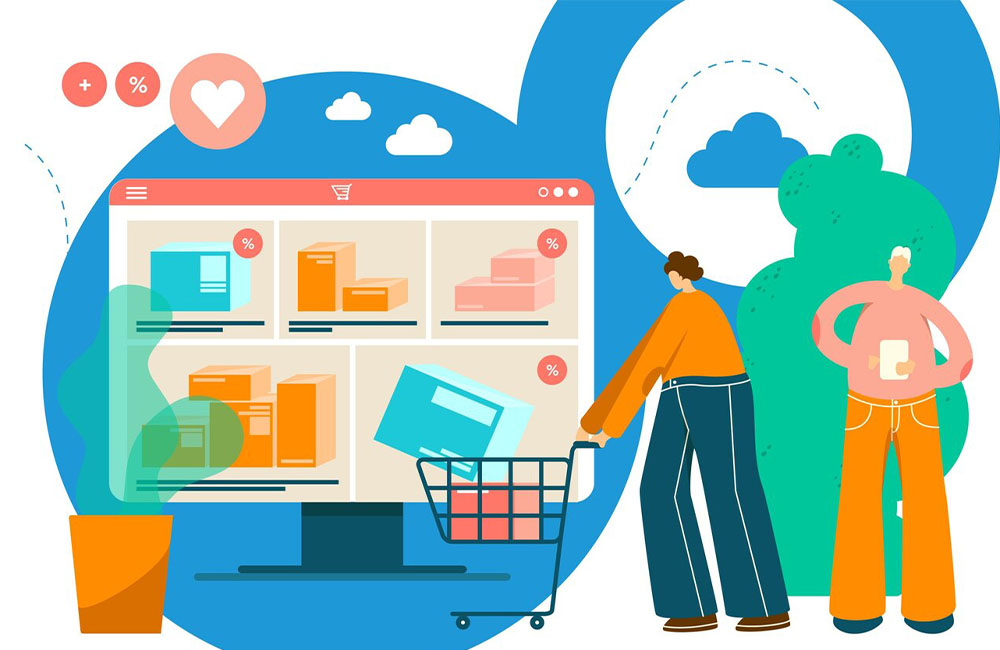The e-commerce landscape is constantly evolving, with new technologies emerging to enhance the customer experience. One of the most promising advancements is the concept of digital twins. In essence, digital twins are virtual replicas of physical products, offering a plethora of benefits for both businesses and consumers.
What are Digital Twins in E-commerce?
Imagine a highly detailed, virtual representation of a physical product – that’s a digital twin in e-commerce. This digital counterpart goes beyond static images and specifications. It can encompass a product’s 3D model, material properties, functionalities, and even performance data.
Here’s how digital twins are created:
Product Data Collection: Detailed information about the product is gathered, including technical specifications, materials, and dimensions.
3D Modeling: Using sophisticated software, a 3D model of the product is created, replicating its physical form with high accuracy.
Data Integration: Additional data points, such as user reviews, warranty information, and performance metrics, can be integrated into the digital twin.
How Digital Twins Elevate the E-commerce Experience
Digital twins offer a myriad of advantages for e-commerce businesses and their customers:
Enhanced Product Visualization: Customers can interact with a product’s digital twin in a way that static images cannot provide. They can rotate the model 360 degrees, zoom in on intricate details, and even see how the product might look in their own environment using augmented reality (AR) features.
Improved Purchase Decisions: Digital twins empower customers to make more informed decisions by providing a more comprehensive understanding of a product’s features and functionalities.
Personalized Shopping Experiences: Digital twins can be customized to reflect different product variations or configurations. This allows customers to personalize their shopping experience by virtually “trying on” different options.
Reduced Return Rates: By providing a more realistic product experience, digital twins can help reduce return rates due to buyer’s remorse. Customers can be more confident about their purchases after interacting with a detailed virtual representation.
Streamlined Product Development: Digital twins can be used to simulate product performance and identify potential design flaws before physical prototypes are created. This translates to faster product development cycles and more efficient resource allocation.
The Future of Digital Twins in E-commerce
The use of digital twins in e-commerce is still in its early stages, but its potential is vast. Here’s a glimpse into what the future might hold:
Interactive Product Configurators: Imagine customizing a product in real-time using a digital twin. Customers could virtually paint their car, choose furniture upholstery, or personalize a gadget with different color options.
Integration with AI Chatbots: AI-powered chatbots can leverage digital twin data to answer customer queries about product features and functionalities in a more comprehensive and informative way.
Immersive Shopping Experiences: Digital twins, combined with virtual reality (VR) technology, could create immersive shopping experiences where customers can virtually “walk through” a store or interact with products in a simulated environment.
Conclusion
Digital twins are poised to revolutionize the e-commerce landscape by offering a more engaging, interactive, and personalized shopping experience for customers. As technology advances and adoption becomes more widespread, digital twins will undoubtedly become a game-changer for e-commerce businesses, shaping the future of online retail.
